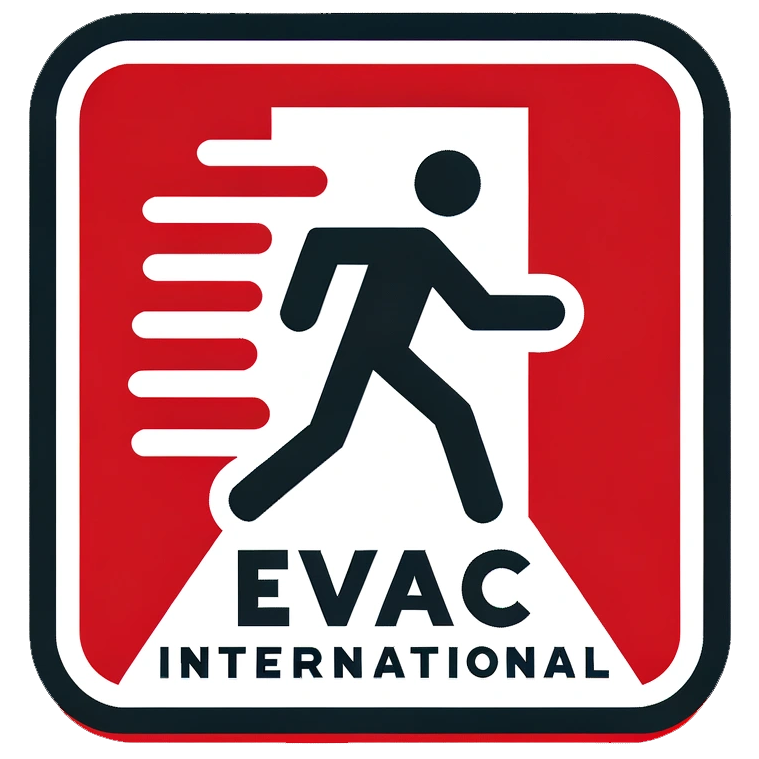In today’s modern world, the need for adequate fire safety and evacuation measures is more important than ever. With the ever-increasing number of public buildings and commercial enterprises, it is imperative that sufficient measures are in place to ensure the safety and protection of individuals in the event of an emergency. One crucial aspect of these measures is the use of evacuation chairs, an essential tool for safely evacuating individuals with mobility impairments in the event of a fire or other emergency.
As a fire safety and evacuation expert, I firmly believe that the presence of evacuation chairs in public buildings and commercial enterprises is not just a recommendation, but a necessity. The implementation of evacuation chairs can mean the difference between life and death for individuals with mobility impairments, and their absence can pose significant risks and legal liabilities for building owners and operators. In this article, I will delve into the importance of evacuation chairs, their significance in ensuring the safety of all individuals, and why every company and public building must have them as part of their emergency preparedness plan.
First and foremost, it is essential to understand what an evacuation chair is and how it functions. An evacuation chair is a specially designed device that allows individuals with mobility impairments to be safely and quickly evacuated from a multi-story building in the event of an emergency such as a fire or earthquake. These chairs are equipped with features such as adjustable safety harnesses, sturdy wheels, and ergonomic handles, making them easy to maneuver and operate even in confined spaces and stairwells.
The importance of evacuation chairs cannot be overstated, particularly when it comes to ensuring the safety and well-being of individuals with mobility impairments. In the absence of such devices, individuals who rely on wheelchairs or other mobility aids may be trapped in a multi-story building during an emergency, unable to evacuate quickly and safely. This not only puts their lives at risk but also poses a significant challenge for emergency responders who may struggle to carry individuals down stairwells in the midst of chaos and confusion.
One of the primary considerations for the implementation of evacuation chairs is the legal and ethical responsibility of building owners and operators to ensure the safety of all individuals within their premises. Under the Americans with Disabilities Act (ADA) and similar legislation in other countries, public buildings and commercial enterprises are required to provide equal access and accommodation for individuals with disabilities. This includes the provision of adequate means for evacuating individuals with mobility impairments in the event of an emergency.
Failing to provide evacuation chairs can result in legal liabilities, fines, and reputational damage for building owners and operators. In the event of an emergency where individuals with mobility impairments are unable to evacuate safely, the consequences can be devastating – not only for the individuals themselves but also for the reputation and financial stability of the building owners and operators. As such, the presence of evacuation chairs is not just a matter of compliance with legal regulations, but also a fundamental aspect of good governance and risk management.
Furthermore, the use of evacuation chairs reflects a commitment to inclusivity and accessibility in public spaces and commercial enterprises. By providing adequate means for individuals with mobility impairments to evacuate safely, building owners and operators demonstrate their dedication to ensuring the safety and well-being of all individuals, regardless of their physical abilities. This fosters a culture of inclusivity and respect for diversity, sending a powerful message that everyone is valued and deserving of equal protection in the face of emergencies.
In addition to the legal and ethical considerations, the practical benefits of evacuation chairs are undeniable. These devices are specifically designed to be lightweight, compact, and easy to use, making them an invaluable asset in emergency evacuation procedures. With the use of evacuation chairs, individuals with mobility impairments can be safely and swiftly evacuated from multi-story buildings, minimizing the risk of injury and increasing their chances of survival in the event of a fire or other emergency.
Moreover, the presence of evacuation chairs can significantly expedite the overall evacuation process, reducing the time and resources required to ensure the safety of all individuals within a building. Emergency responders can focus on coordinating and facilitating the evacuation of individuals who are able to exit independently, knowing that individuals with mobility impairments have the necessary means for safe evacuation. This not only streamlines the overall emergency response efforts but also ensures that everyone, including those with disabilities, has an equal opportunity to evacuate safely and efficiently.
It is crucial for building owners and operators to recognize the significance of evacuation chairs and prioritize their implementation as part of their overall emergency preparedness plan. This includes conducting comprehensive risk assessments to identify the specific needs of individuals with mobility impairments, as well as providing adequate training for staff and emergency responders on the proper use of evacuation chairs. Additionally, regular maintenance and testing of evacuation chairs are essential to ensure their functionality and reliability in the event of an emergency.
In conclusion, the presence of evacuation chairs in public buildings and commercial enterprises is not just a matter of convenience but a fundamental aspect of fire safety and emergency preparedness. As a fire safety and evacuation expert, I firmly believe that every company and public building must have evacuation chairs as part of their commitment to protecting the public. The absence of evacuation chairs poses significant risks and legal liabilities, and it undermines the rights and safety of individuals with mobility impairments. By prioritizing the implementation of evacuation chairs, building owners and operators demonstrate their dedication to inclusivity, accessibility, and the safety of all individuals within their premises. Evacuation chairs are not just a piece of equipment – they are a lifeline for individuals with mobility impairments, and their presence can mean the difference between life and death in the event of an emergency.

